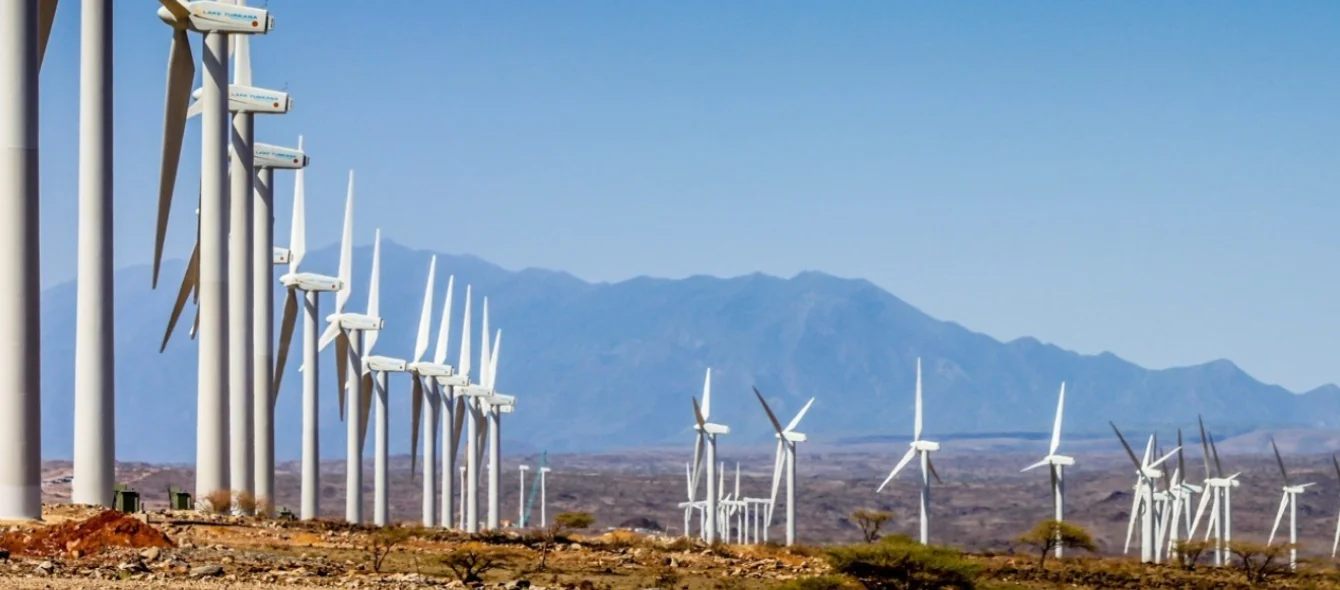Towering 150 metres above the Port of Rotterdam is the hub of the 220 metre rotor of the world’s largest wind turbine, which is capable of generating up to twelve megawatts (MW) of electricity. However, it may soon be dethroned by a 15 or 20 MW system. After all, it is not just an issue of prestige to wind turbine manufacturers to think and plan in such dimensions. Reason being that this also delivers a practical advantage: larger systems are more efficient than smaller ones.
A research team at California’s Lawrence Berkeley National Laboratory (Berkeley Lab) found that increasing system size reduces direct, transmission, and grid balancing costs as well as the cost of capital.
Installation time lapse of the world's most powerful wind turbine in Rotterdam
System size long in the crosshairs
However, generator performance is not the sole factor of wind turbine efficiency. After all, a generator cannot feed more electricity into the grid than is captured by the rotor blades and passed on to it through the turbine’s rotational force. Therefore, ‘average specific area output’ also plays a role. This is the ratio of generator output in watts (W) to rotor surface in square metres (sqm).
According to the Berkeley Lab study, in the USA this parameter is only half as big as it was in the 80s. In other words, rotor surface area has doubled relative to nominal output. This enables power to be produced even during a light breeze. Furthermore, tower height has experienced a manifold increase, with a view to exposing the turbines to stronger and steadier winds, enabling more constant feed-ins.
Consistency over maximum performance
The operational and commercial benefits of large wind farms are obvious: higher yield translates into increased income at comparatively lower additional cost. What’s more, increasingly constant flows of wind power commensurately improve both system performance and grid capacity utilisation, reducing the need for grid operators to offset differences between the amount of electricity put on and withdrawn from the system. This is how high towers and large rotors combined with a relatively small generators generate more constant electricity flows in many areas around the USA.
The limited output comes at the expense of a loss of generation spikes, but the latter are precisely what drives up transmission costs, given that this forces system grid connectivity and the transmission system itself to be designed for maximum output. However, the study finds that the gain in feed-ins only rarely offsets the additional cost of grid expansion, making a slightly smaller specific area output the more sensible choice in economic terms.
Based on the wind farms currently installed, the researchers’ model would enable transmission costs per megawatt hour to drop by a full quarter – to the financial benefit of both plant and network operators. Moreover, they would save several cents per megawatt hour in balancing the grid. The study’s authors argue that, in turn, investors could obtain more favourable loan conditions – at least if lenders acknowledged the increase in feed-in security. The researchers have identified total potential cost savings of ten to 15 percent. Although direct cost minimisation is not the prime objective in every instance, the study’s findings should meet with keen interest especially among power producers in markets with low market rates.
